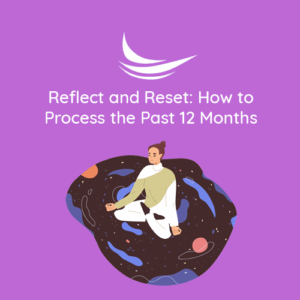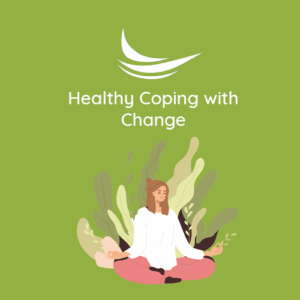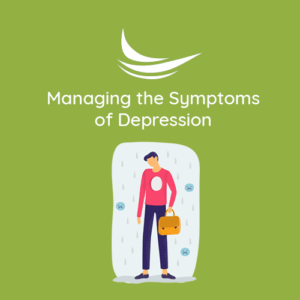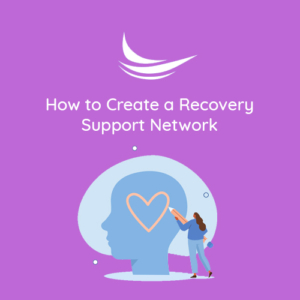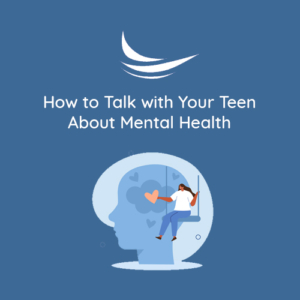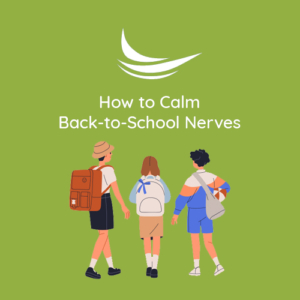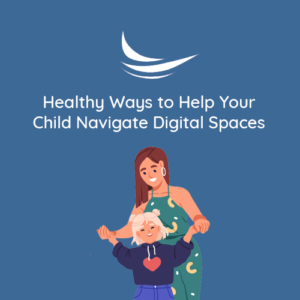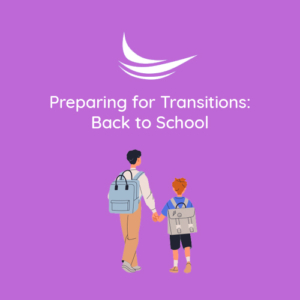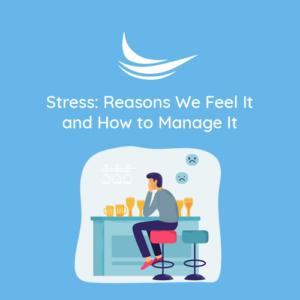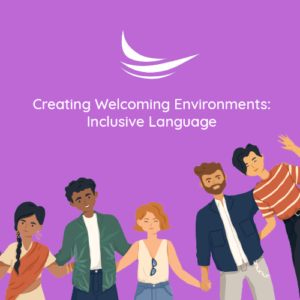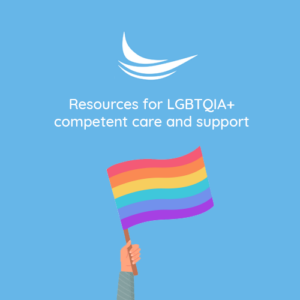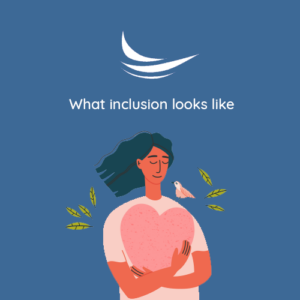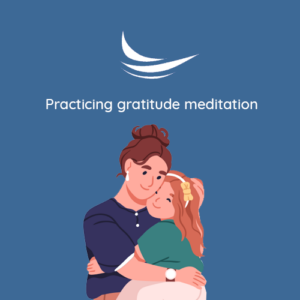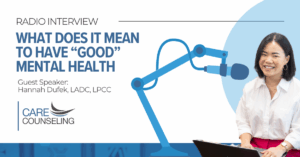Sexual Violence Prevention
 What (or who) do you turn to amid suffering? How about when faced with situations that seem beyond your own control? As strong as you are, you may feel weak or helpless. Even the most hopeful can begin to lose hope, especially when bad events seem to keep happening without any relief. Some people may internalize problems such as depression or take their anger out on others, perpetrating violence. Adverse childhood experiences, community violence, and sexual violence are just a few of many serious public health problems that impact communities.
What (or who) do you turn to amid suffering? How about when faced with situations that seem beyond your own control? As strong as you are, you may feel weak or helpless. Even the most hopeful can begin to lose hope, especially when bad events seem to keep happening without any relief. Some people may internalize problems such as depression or take their anger out on others, perpetrating violence. Adverse childhood experiences, community violence, and sexual violence are just a few of many serious public health problems that impact communities.
The statistics are quite shocking. Here is one example for statistics on sexual violence.
According to the Center for Disease Control (CDC), “Over half of women and almost 1 in 3 men have experienced sexual violence involving physical contact during their lifetime.” Women of racial and ethnic minority groups of members of LGBTQ communities tend to experience is disproportionate rates.
“More than 4 in 5 female rape survivors were raped before age 25, with nearly half first raped in childhood (before age 18).”
“Nearly 8 in 10 male rape survivors reported they were made to penetrate someone before age 25, and about 4 in 10 were first made to penetrate as a minor.”
Early experiences of childhood sexual abuse can be quite confusing to young people, especially when exposed to chronic trauma. Children often do not have the language to articulate their experiences in words and they are learning through observation. Children are also dependent on their caregivers on having a safe and supportive home environment.
Living in a situation in which one experienced ongoing abuse can feel permanent and pervasive. Children are especially vulnerable to power and control dynamics in which the victim feels powerless and may be fearful to speak up. One’s entire worldview can change in response to trauma. Persistent, distorted trauma-related cognitions leading to inappropriate blame of self is one symptom of post-traumatic stress. An example of what this looks like is self-talk such as “Something is wrong with me.” or viewing self as “unlovable” as a result of sexual violence.
Resources for those who have experienced sexual violence is needed for the individual, their family, and friends as well as community-wide initiatives. Therapists are in a unique position to help support the individual with areas such teaching social-emotional learning and healthy relationship skills. They may also work with friends, partners, and family members who are impacted by sexual violence and may work with individuals who are perpetrators of sexual violence. Therapist may coordinate care to help connect to safe and supportive resources, as well as serve as educators within the community.
Sexual Violence Prevention Resource for Action was developed by the CDC to help the community response to sexual violence. This includes:
Promote Social Norms that Protect Against Violene
Teach Skills to Prevent Sexual Violence
Provide Opportunities to Empower and Support Girls and Women
Create Protective Environments
Support Victims/ Survivors to Lessen Harms
Community support makes such a big impact for both victims and perpetrators of violence; yet many people may be hesitant to tell anyone about their experiences and suffer with emotions such as guilt, shame, fear, or embarrassment in silence. If you or a loved one has experienced sexual violence and would like to talk to someone, please reach out. CARECounseling has a team of highly trained therapists who work with sexual trauma and can support you with where you are at.
Written By: Charlotte Johnson, MA, LPCC


